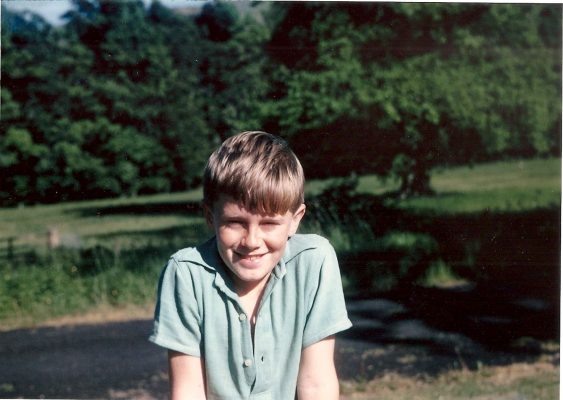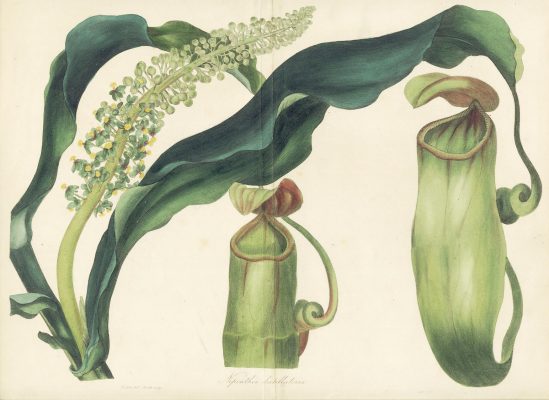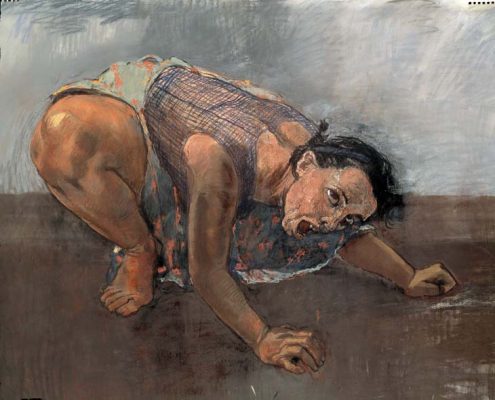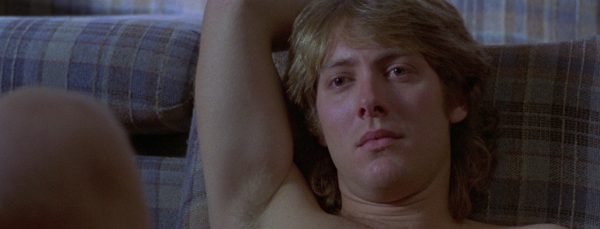On a wet, grey morning in March, William Boyd invited us into a large terraced house, half-way between the King’s Road and the Thames. On the right-hand side of the thin corridor’s crisp white walls hung three dozen framed figurative paintings of identical sizes, each no bigger than a paperback book. These were David Hockney’s series of flower sketches, executed on tablet computers and smart phones.
The enthusiasm which William Boyd shows for these is in keeping with the evident pleasure he has in a range of creative arts – his career contains numerous film and television credits, alongside his notorious forays into the art world as the ‘lost’ abstract expressionist painter Nat Tate’s biographer. Having authored a monograph in 1998 on Tate, backed by stellar co-conspirators David Bowie and Gore Vidal, he convinced many in the art world of the existence of this entirely fictitious artist who had supposedly killed himself at the age of thirty-two in 1960 – in the style of Hart Crane, by jumping off a boat – after destroying ninety-nine percent of his work. Opposite Hockney’s digital essais sat a solitary Nat Tate, painted in preparation for the hoax by Boyd himself a decade or so ago.
The interview took place in an excessively heated first-floor living-room; paintings in various styles cluttered the walls, illuminated by tall bay windows. The central coffee table was stacked full of books, six or seven high – Robert Musil’s The Man Without Qualities and Lewis Crofts’ The Pornographer of Vienna prominent among them – testament to the meticulous research that goes into the composition of a William Boyd novel. His next book, set in Freud’s Vienna, will be his sixteenth, in a career spanning three decades that includes several short-story collections and volumes of non-fiction.
Perhaps his most ambitious projects have been the trilogy of works that tasked themselves with chronicling entire human lives, beginning with The New Confessions and Nat Tate: An American Artist. These include his most celebrated novel, Any Human Heart, which tracks the course of its hero Logan Mountstuart through the chaos of the twentieth century. Boyd’s life seems comparatively easy compared to those of his characters, who are often caught up in the vicissitudes of their times. Open and affable, William Boyd was a charming host, generous in his answers, and parading a contagious enthusiasm for his work and the wider world of books.




